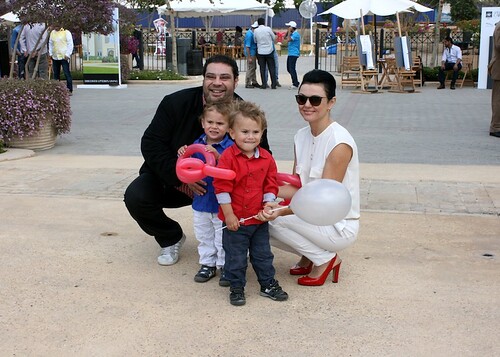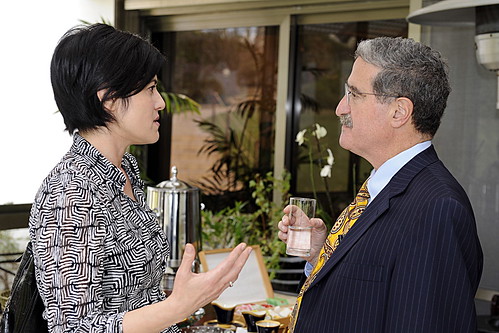- Rushing into a divorce before you understand your options. Today there are many different ways to divorce, including mediation, Collaborative practice and traditional methods. Yet most people start their divorce without ever getting a full, competent explanation of their options. Getting a competent explanation of all choices requires research (For a summary of options go to www.divorcechoice.com).
- Letting Emotions run the show. Divorce often creates intense feelings of fear, anger and sadness. While those feelings may be natural, even healthy, letting those feelings drive your decisions, will often result in regrettable decisions.
- Losing sight of the priorities. Divorce can have a sense of urgency that causes people to lose sight of their most important goals. Intense focus on urgent problems can distract you from more important issue. Identifying your big picture goals at the beginning of the process will help you get a better outcome.
- Believing that hardball tactics will help them get better outcomes. Many divorcing people mistakenly believe that hardball tactics will help them achieve a better outcome in their divorce. However, these hardball tactics usually backfire and almost always produce poor outcomes. Finding a divorce process that protects your interest through more civilized and productive strategies will help you avoid this type of financial and emotional disaster.
- Thinking of divorce as only a legal issue. Because divorcing starts as a legal proceeding, it is easy to focus solely on the legal issues. However, in most divorces, there are financial, emotional and child development decisions to be made that will likely have a greater impact on your life. Getting help from mental health professionals and financial experts, in addition to attorneys can help you address these other important issues.
While divorce is almost always difficult, avoiding common mistakes can spare a lot of expense and emotional turmoil. Here are the biggest mistakes that cause families to suffer unnecessarily.







 Wow, the phrase “First vs. Second Wives” makes me cringe. There is so much wrong with it, or at least so much to dislike or be uncomfortable about.
Let me count the ways (Keep in mind that this is in the context of Spousal Maintenance).
It implies that there will be another wife after the first, which is a fair assumption, but still. It implies that the first and second wives will be at odds with each other over money, which is unfortunate and sad to think about. It implies that the husband, at least in his first marriage, is the breadwinner.
In our culture of perceived independence and self-sufficiency, it may strike us as dependent and therefore inconsistent with current cultural standards.
It uncomfortably reminds us that many spouses, most likely the wife and often for good reasons, give up career and educational advancement, and so their future financial independence and self-sufficiency, to stay at home with children for the benefit of the greater family. Then, if they divorce, they are in big financial trouble without consistent and lengthy financial support from their ex.
I’ve seen many couples divorce where the breadwinner doesn’t want to or just won’t acknowledge the homemaker’s non-financial contribution to the family and opportunity cost of being out of the workforce or taking a lower-paying, more flexible job. I’ve also seen many cases where the homemaker never left home after the kids were older, when it would have been more appropriate to find employment, because re-entering the job market was likely the original marital intent.
There is an interesting article in Time magazine’s May 27, 2013 edition titled “The End of Alimony” and a short radio segment, along eerily similar lines, on NPR titled “
Wow, the phrase “First vs. Second Wives” makes me cringe. There is so much wrong with it, or at least so much to dislike or be uncomfortable about.
Let me count the ways (Keep in mind that this is in the context of Spousal Maintenance).
It implies that there will be another wife after the first, which is a fair assumption, but still. It implies that the first and second wives will be at odds with each other over money, which is unfortunate and sad to think about. It implies that the husband, at least in his first marriage, is the breadwinner.
In our culture of perceived independence and self-sufficiency, it may strike us as dependent and therefore inconsistent with current cultural standards.
It uncomfortably reminds us that many spouses, most likely the wife and often for good reasons, give up career and educational advancement, and so their future financial independence and self-sufficiency, to stay at home with children for the benefit of the greater family. Then, if they divorce, they are in big financial trouble without consistent and lengthy financial support from their ex.
I’ve seen many couples divorce where the breadwinner doesn’t want to or just won’t acknowledge the homemaker’s non-financial contribution to the family and opportunity cost of being out of the workforce or taking a lower-paying, more flexible job. I’ve also seen many cases where the homemaker never left home after the kids were older, when it would have been more appropriate to find employment, because re-entering the job market was likely the original marital intent.
There is an interesting article in Time magazine’s May 27, 2013 edition titled “The End of Alimony” and a short radio segment, along eerily similar lines, on NPR titled “